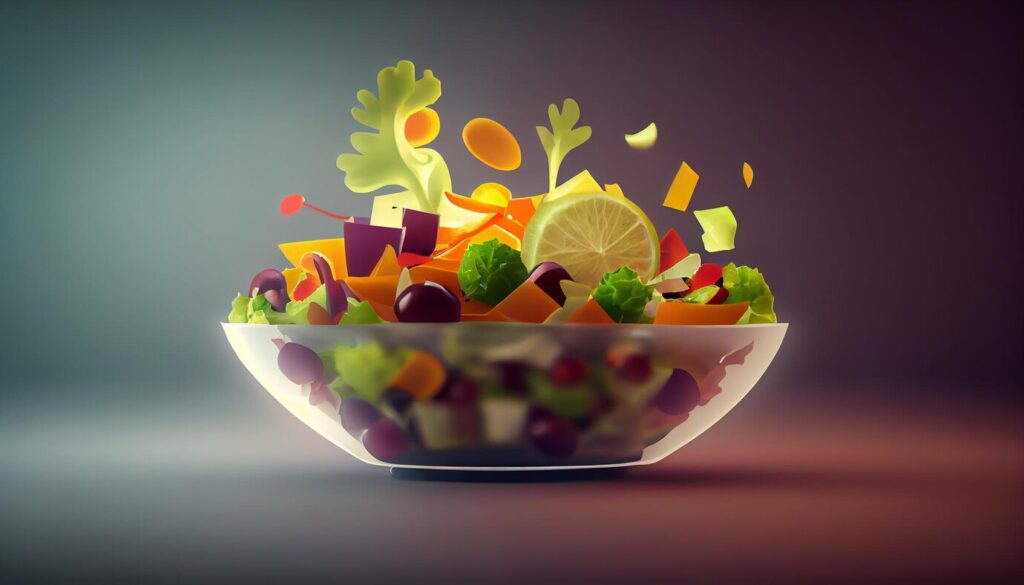In order to build your body you must know what the materials for your new temple will be. Each nutrient performs a specific function and you must know what that is. Here is a brief look at each nutrient and what it does. Later we will get into how to use these and make your own eating plan.
Carbohydrates – The fuel for your fire. Carbs are the preferred source of energy for the body. When you eat carbs your body converts them to blood sugar or glucose. This glucose is stored in your muscle cells and liver for use when needed (like training!). When weight lifting, it is mostly this stored energy that your muscles use for contraction fuel. As with any calories you eat, any excess carbs that can’t be utilized are stored as fat.
Some sugars are more conducive to a good-looking physique than others.
There are three kinds of carbohydrates:
Monosaccharides (one-sugar molecule) Disaccharides (two-sugar molecules) Polysaccharides (three or more sugar molecules)
Monosaccharides and disaccharides are called sugars while polysaccarides are usually called complex carbohydrates or glucose polymers. This is where the real good stuff begins. Because the complex carbohydrates contain three or more sugar molecules, they take longer to break down. The longer it takes the body to break these carbs down, the more time it has to use them as opposed to storing them as fat. A good way to gauge the quickness of the break down is the glycemic index.
You should shoot for carbohydrates in the 55 to 65 range on the gycemic index, but the lower the better. This way you get the slow break down for sustained energy and avoid the sharp rise in insulin levels.
Protein – Building blocks! These are the bricks in the building we call the body. Protein is responsible for the repair and growth of your hair, skin, nails and most of all your muscles! Protein deficiencies may cause fatigue, poor energy, weakened immune system, and a longer recovery period after exercise. The basic suggestion for intake of protein is 1-2 grams per pound of bodyweight per day. Modulate this up or down depending on how intense your training is, but start at a gram. Protein contains 4 calories per gram.
Fat – Fat is essential for maintaining healthy skin and hair. It also acts as a transport for the fat-soluble vitamins A, D, E, and K. The deal with fat is that is contains 9 calories per gram, and this is why fat foods are considered high calorie. Despite its bad reputation, you do need between 15-20% of your diet to be comprised of fats to maintain health. Most of this will come indirectly through your regular eating and it’s a fat chance (pun intended) that you’re not getting enough already!
These form the basis of any diet or nutrition plan that is created. Optimizing the use of these macronutrients can ensure peak health and performance.




